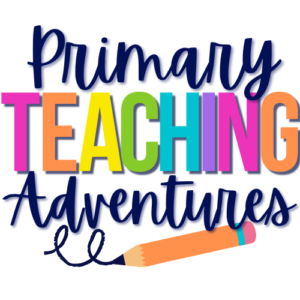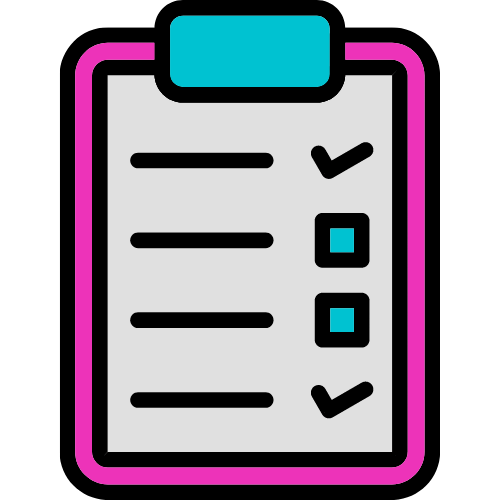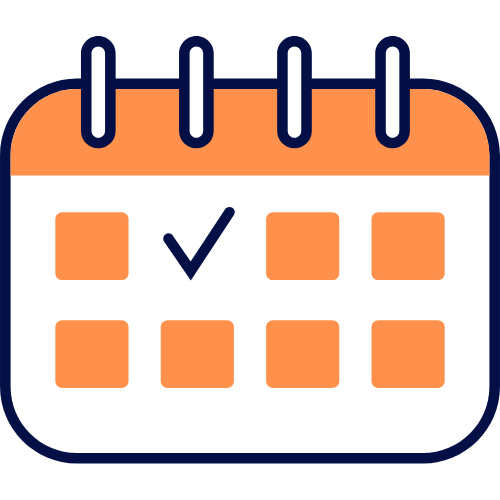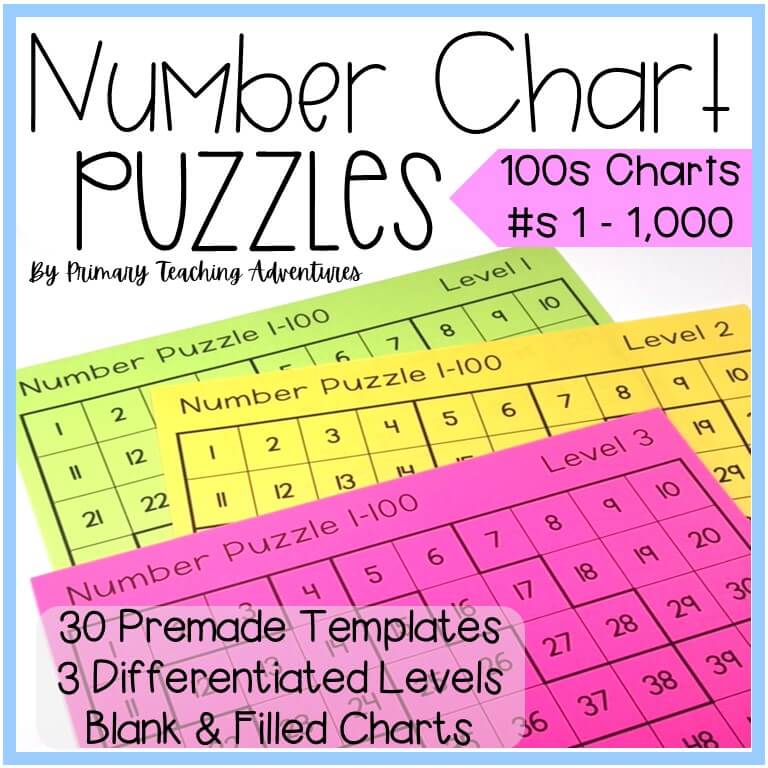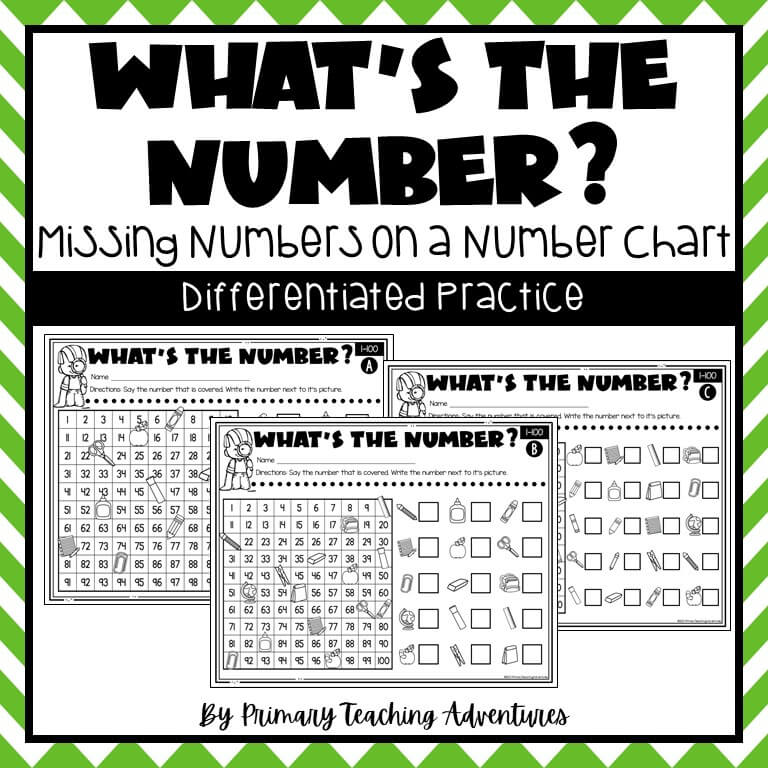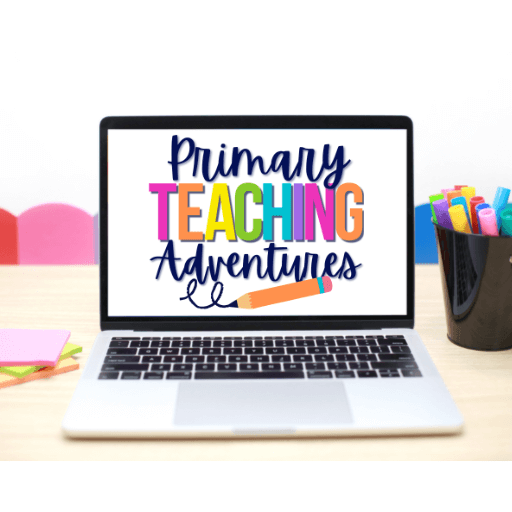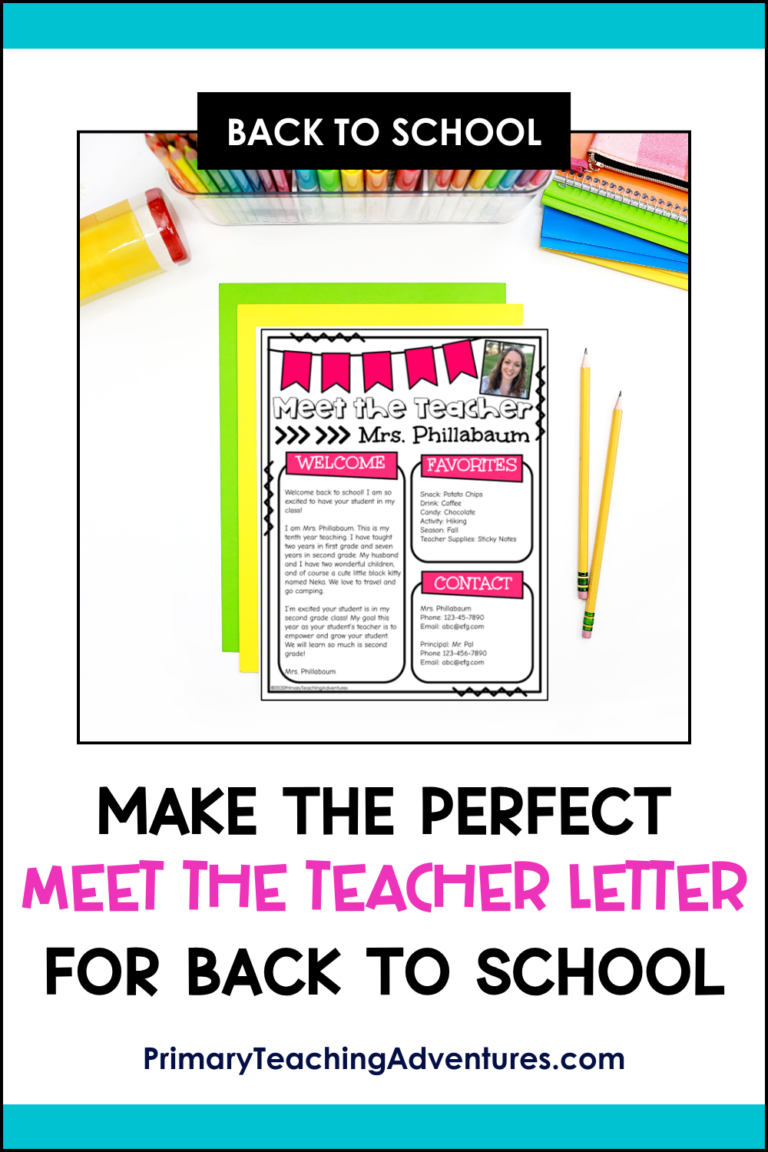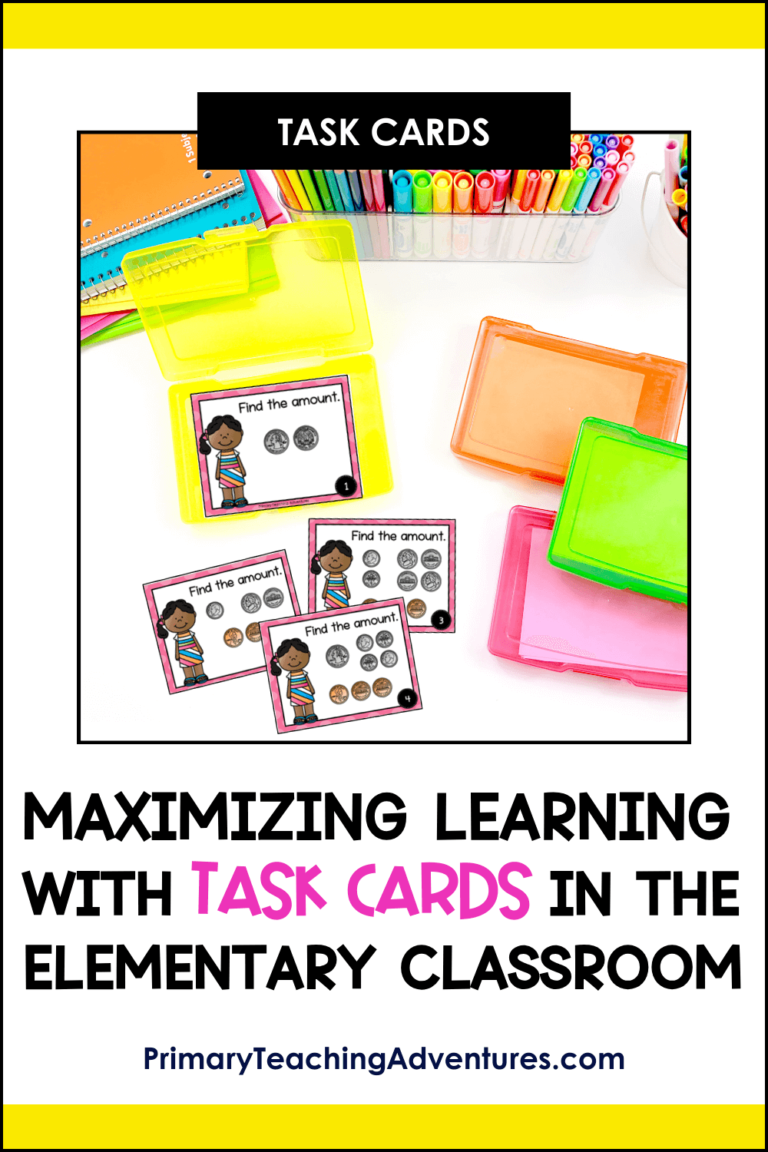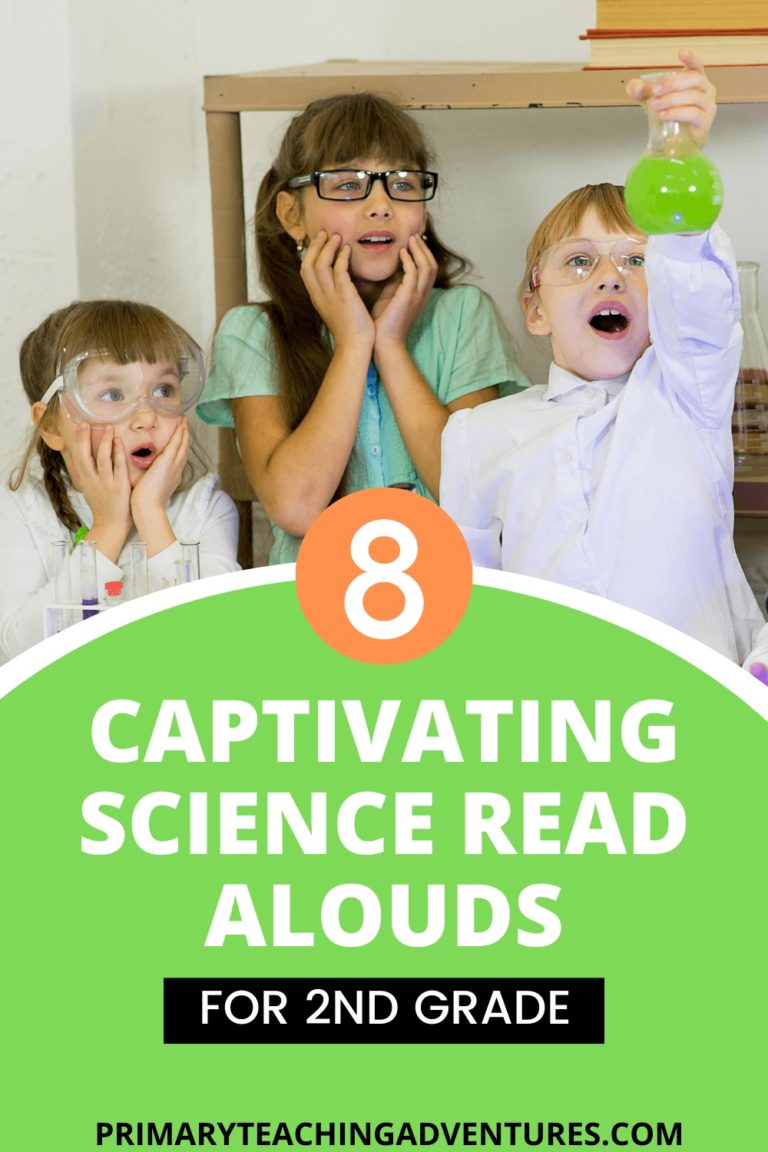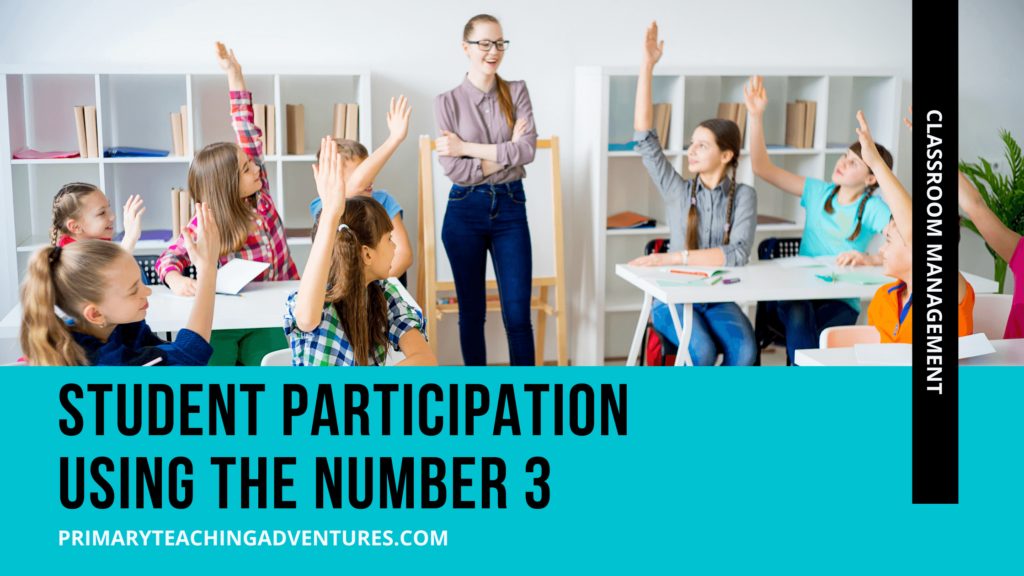
What teacher doesn’t love student participation?!
But we all know that there are the “types” of participators: Eager Beavers who raise their hand for everything; Ol’ Faithfuls who spring up their hands and whole bodies; The Wavers who just look like their swatting a wasp; The Monkeys who “ooh, ooh, ooh” till blue in the face; The Wide-Eyed who just stare at you; The Turn the Other Cheekers who purposely look away as to not be called on.
My first year of teaching I just loved hearing from e.v.e.r.y.s.t.u.d.e.n.t.w.i.t.h.t.h.e.i.r.h.a.n.d.u.p. And this is great in theory, but sadly there just isn’t enough time for it. Not with the amount of questions us teachers ask.
There are different forms of participating like whole group answering and turn and talk (more on these in later posts). But there are times you need quick individual answers within a lesson. I needed a structured approach to help myself out. And a quick one I thought of was the golden number of 3.
Set Your Expectation
After asking a question, I set my expectation of the specific type of participation by holding up three fingers and simply saying “3 friends,” and then counting down with my fingers to maintain the visual of how many is left.
There are times I don’t hole up by fingers but instead say “annnd So-and-so.” I hold my fingers up for dramatic effect, oh and for visual effect too. If you use name or number sticks, you can add dramatic effect by pulling out the three sticks first, then asking the question.
Class Dojo offers a “random” button where you click random and it shuffles through the students names before landing on one student. However you do the participation is up to you. Magic 3 fits into any management system 🙂
Keep to It
Using this golden 3 structure can also help with the flow of a lesson. I find myself maybe asking too many questions so keeping 3 in mind helps me stay focused and it’s also a no-need-to-reexplain structure mid lesson that students are able to follow.
If used often, the students know the drill. After I call on the third student, the rest of the class knows answer-taking is done, and immediately hands flop down, shoulders shrug, and you hear moans. It keeps the demand high for participation- ha! BUT, what this does is allow students to realize we can’t spend all day with everyone answering the question.
I hope this gives you another tool for your teacher bag of tricks!
How do you manage whole group lesson participation?
